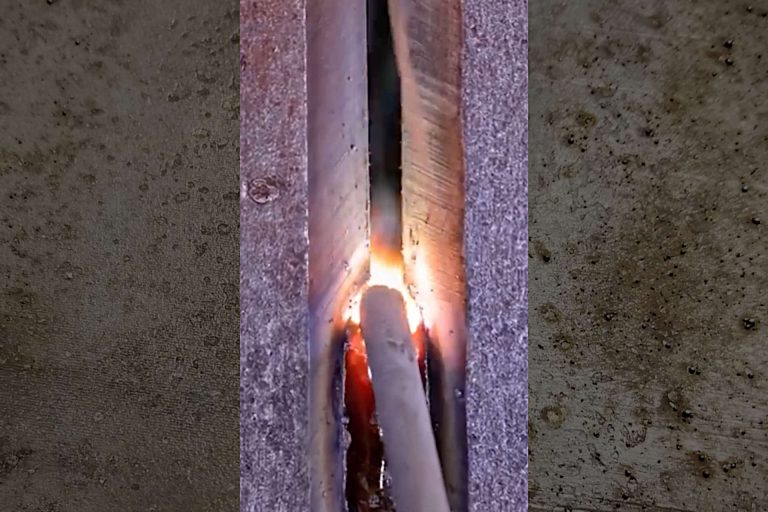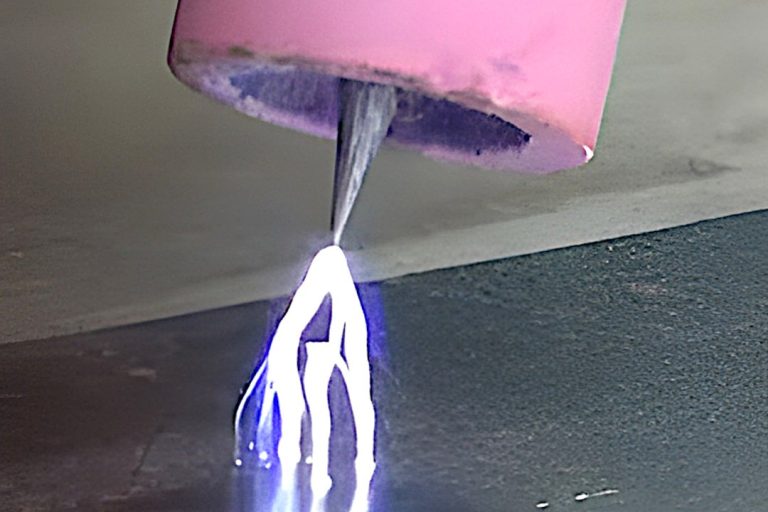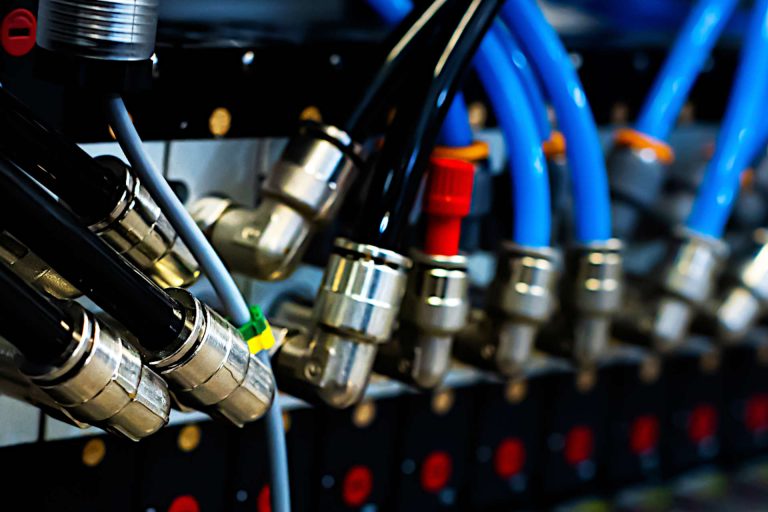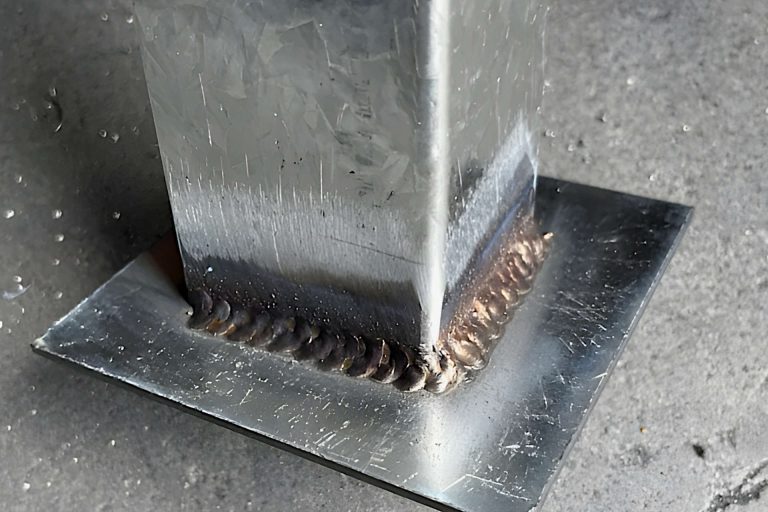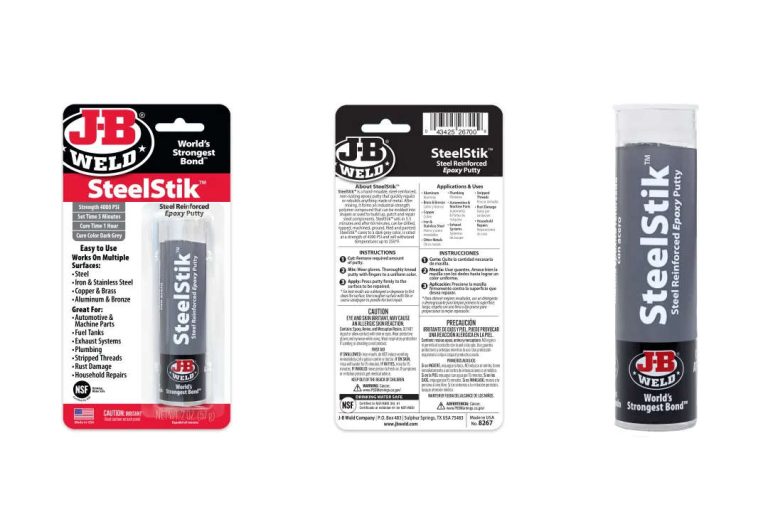Build Your Dream: Essential Elements for DIY Camping Trailer Success
Ready to turn your DIY camping trailer dream into reality? Master these 7 non-negotiable elements first. But most beginners waste $1,000+ on a mistake hidden in plain sight. The real foundation isn’t the axle or the frame—it’s your electrical system. Here’s how to hack it like a pro. Can you Imagine waking up to the…

